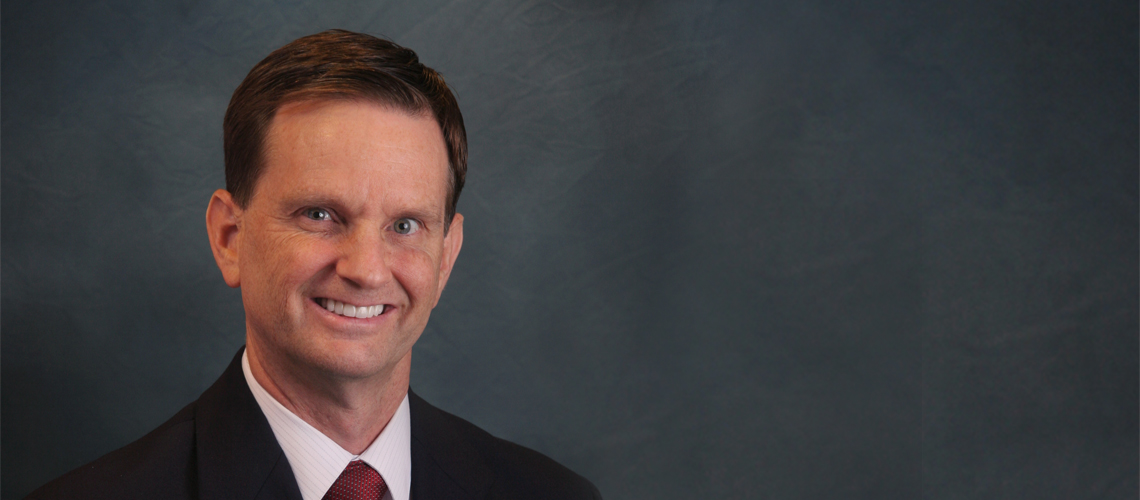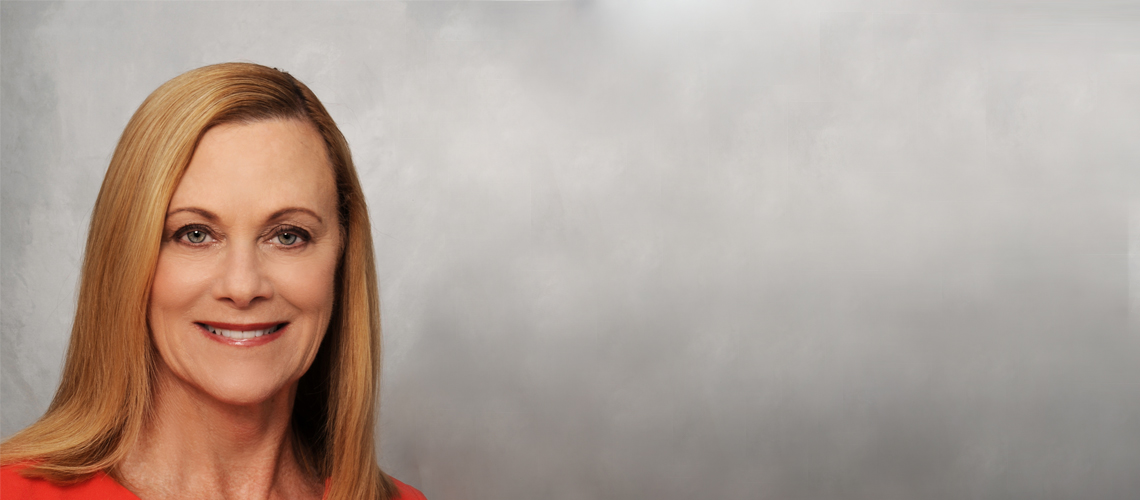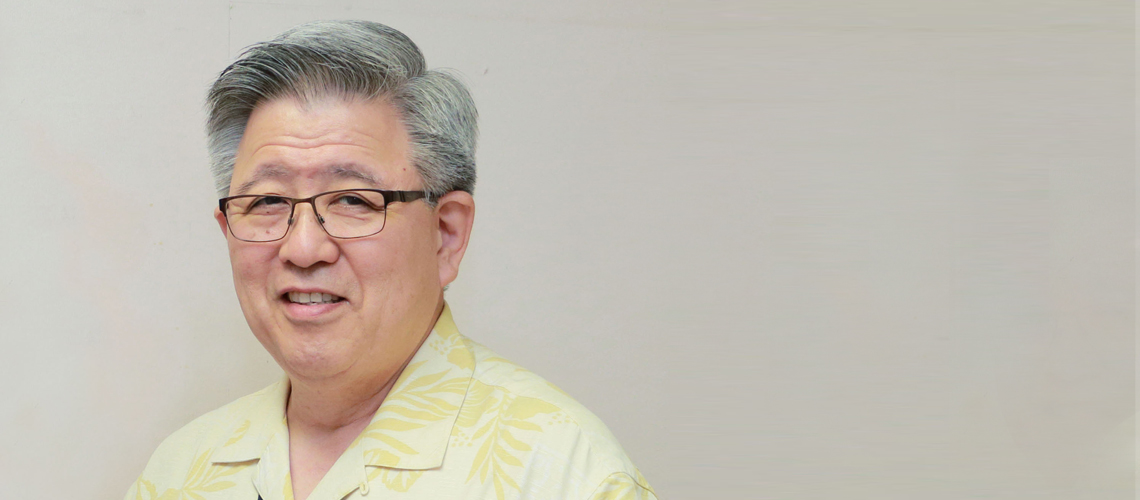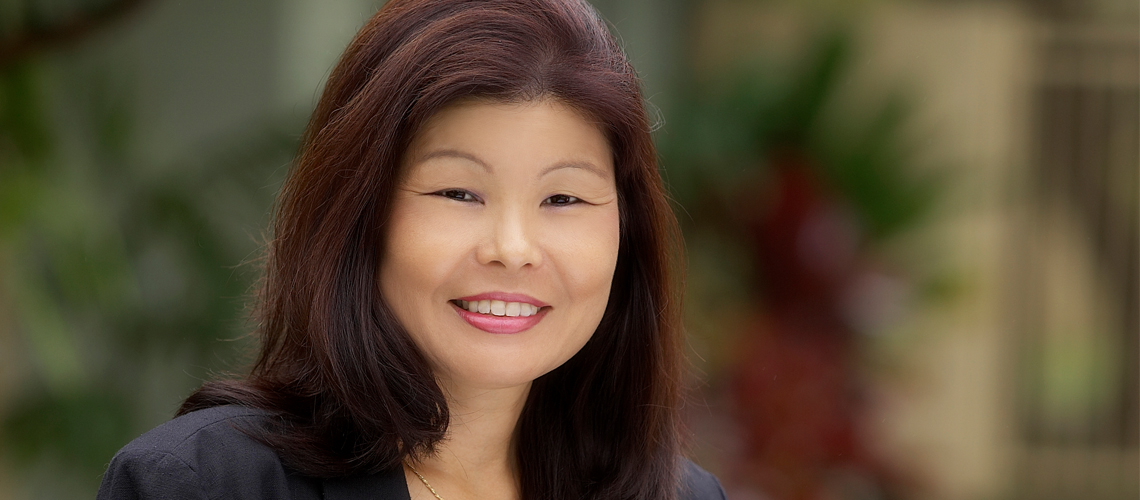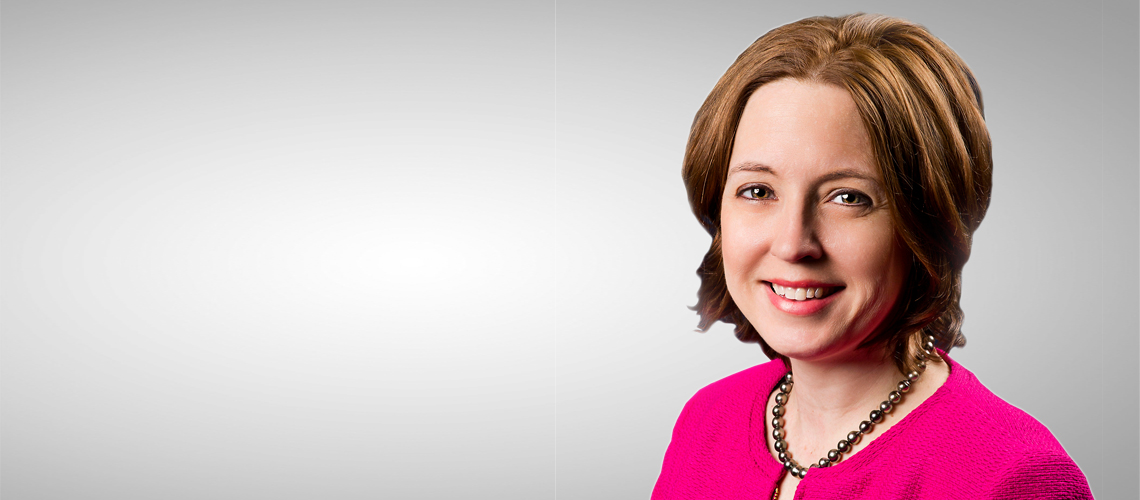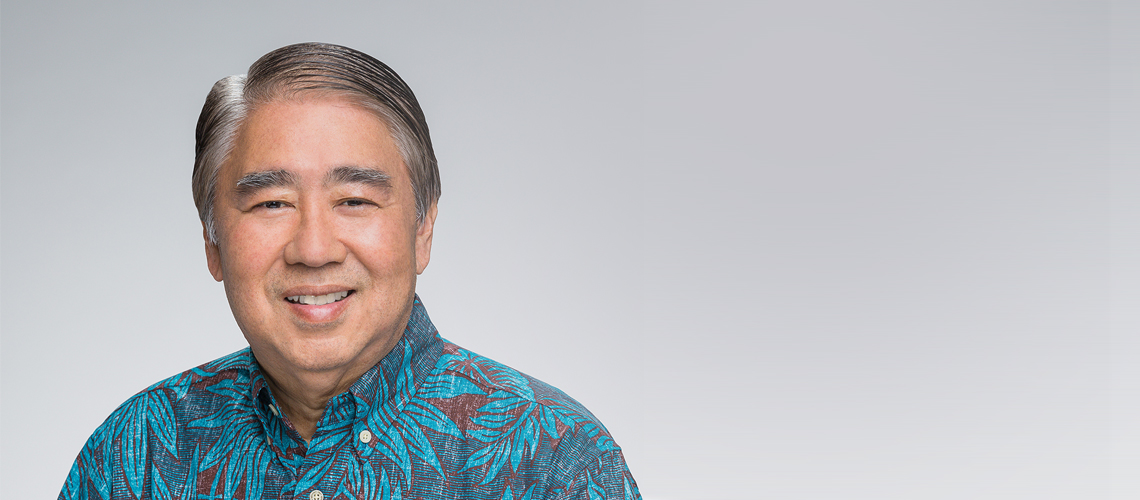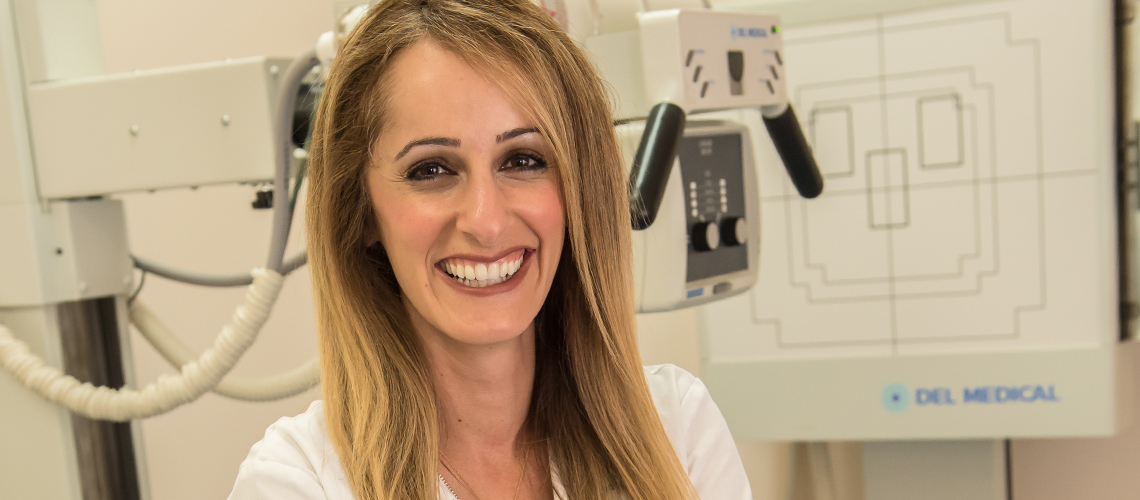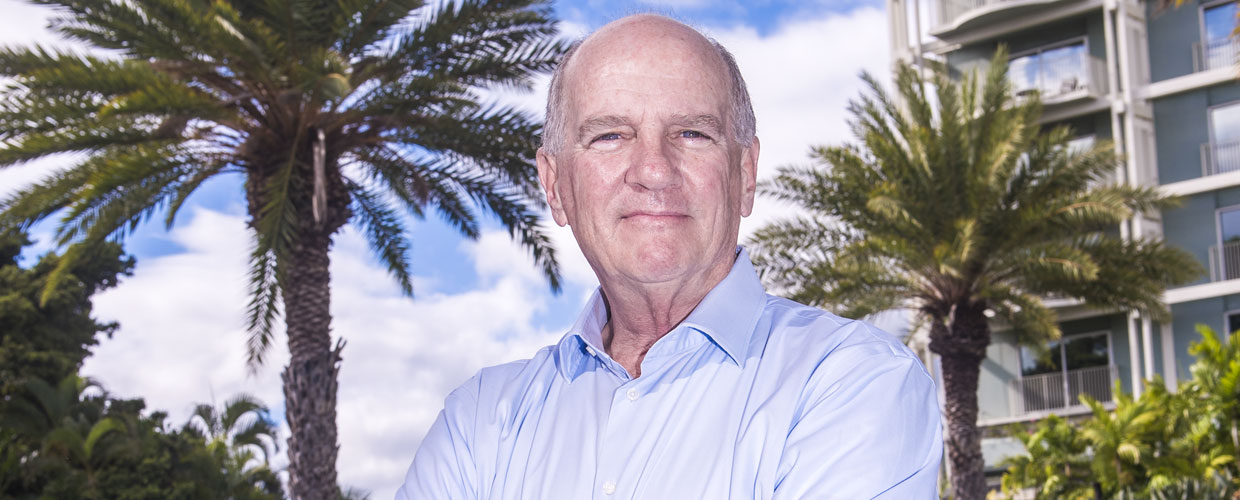
Pani Shoja, M.D.
How has information technology changed the health care industry in Hawai‘i?
In the urgent care setting, we use technology that is certified to meet meaningful use standards. Patient portals (to view health records), digital transfer of medical records to health care providers and seamless integration of laboratory results and imaging all make the sharing of health care information, collaboration between providers and consumer access to information convenient and instantaneous. This brings a higher level of transparency in health care delivery which allows for more efficient and timely care, which leads to better health outcomes.
What are the pros and cons of consumer-driven health care?
All health care delivery is consumer driven. Individuals who value a healthy lifestyle, good health and integrate self-care into their daily routine have specific patterns of consuming health care. They may enter the health care system consuming services relative to prevention, early identification and early intervention of chronic illness. They may be well informed about treatment options and choose the least invasive treatment.
Individuals who do not value health and wellness may enter the health care system at the level of rehabilitation, surgery or treatment for chronic illness. Pharmaceuticals or more aggressive treatment may be required at this stage. Each scenario is consumer driven—one is more efficient, less expensive and leads to a higher quality of life, and the other is more expensive, less efficient, offers less choice and may have a negative impact on quality of life.
What’s your take on consolidation within the industry and the move toward an outcome-based payment model?
Historical trends of health care spending and the overall health of the population points to a health care system which is not sustainable; therefore, an overhaul in health care delivery is required. This evolution is both painful and slow. Shifting the consumer’s entry into the health care system, from treating a disease to early identification and intervention of that disease, is one aspect of change. Equally important to successful transformation is how providers and health care systems are compensated for this care. The landscape of health care is changing rapidly, however, the impact of today’s changes will take time to be realized in both health care outcomes and fiscal sustainability.
On the link between work and Wellness
The health care system, businesses, employees and family members are all partners on this journey. The boundaries are blurred. An employee’s productivity and ability to work is tied to their health and access to convenient care. Time off work to receive health care means increased costs for business. Employees who neglect their health because they do not want to miss work increase the cost of care when their illness progresses and requires more than preventative care or maintenance care. The health care system is impacted when primary care physicians are held accountable for preventative measures and employees or their families are not able to take time off to get the care required. This cycle of conflict between work, wellness and self-care is one that we will successfully solve together. Innovation in health care delivery is as important as other aspects of health care transformation.
Prevention at Urgent Care Hawaii
Preventative care is vital to the well-being of our patients and also greatly assists in decreasing health care costs. In the urgent care setting, we offer Urgent Care Plus™, to support primary care physicians and consumers with prevention, early identification and early intervention of chronic disease. When chronic illness is suspected, we assist in counseling, ordering labs and notifying the primary care physician to facilitate seamless health care delivery for the consumer. We also administer immunizations, and coordinate follow up when we note a consumer has gotten off track and needs to reengage with their health care provider. Urgent Care Plus™ is only available at Urgent Care Hawaii.
On Hawai‘i’s Doctor Shortage
Primary care physician shortages in Hawai‘i impact how consumers receive health care and drive health care costs up by increasing emergency room visits. Treating simple, non-life-threatening conditions is one of the largest gaps urgent care facilities fill.
On O‘ahu we have seen a shift in urgent care visits towards patients whose primary care physicians recently retired with no successor to their practice. While we are able to alleviate the pressure for the short term, these consumers need primary care physicians who will follow them over the course of their lives.
Taking measures to educate physicians, as well as retain and recruit them in Hawai‘i, is vital to meet the increasing need for primary care providers. Offering loan repayment options, competitive compensation packages and increasing residency positions in primary care will allow us to compete with mainland opportunities.


